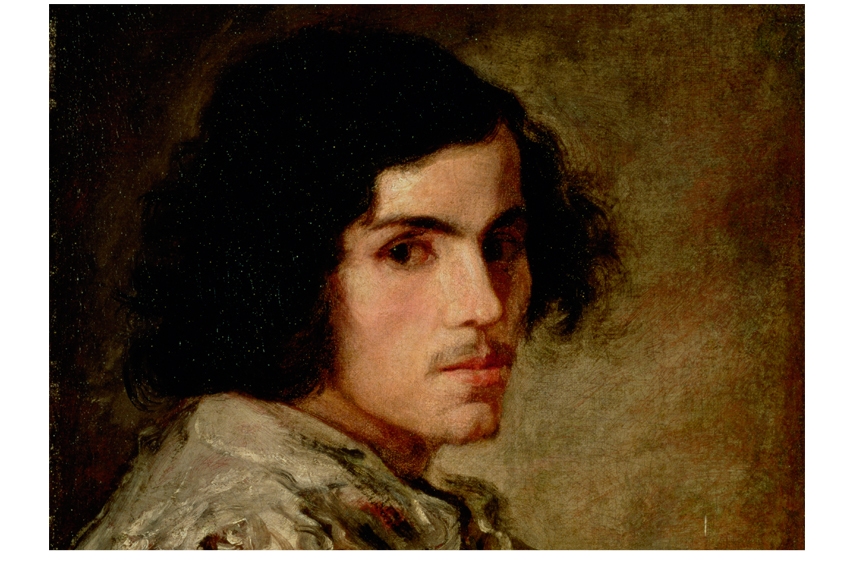Not content with being the greatest sculptor of his age and one of its most gifted architects, Gian Lorenzo Bernini had some talent as a painter and draftsman. Surviving self-portraits reveal him as the possessor of a positively overstated physique du role. In its most youthful incarnation the face has an air of presumption and entitlement which adulthood will darken with a combativeness that is almost wolfish. Even in the chalk drawing made around his 80th birthday (now in the Royal Collection at Windsor) the glance, under bushy white eyebrows, still smoulders and the slightly parted lips seem poised to challenge or command.
Born in Naples in 1598, Bernini spent almost the whole of his working life in Rome, a city whose profile he memorably refashioned and to whose rulers he became indispensable as an image-maker. The subtitle of Franco Mormando’s vigorous, keenly researched biography is instructive. The Rome most of us go to see belongs as much to this stubborn, tyrannical wizard of the Baroque as to the Caesars, the late-Antique mosaicists or Michelangelo on his Sistine scaffolding. Those sweeping colonnades outside St Peter’s, the sumptuous baldacchino above its altar and Piazza Navona’s obelisks and fountains are inspirations whose ideal synthesis of nobility and exuberance has set a benchmark for urban spaces ever since. ‘If you scratch the surface almost anywhere in Baroque Europe,’ observes Mormando, ‘more often than you expect you are likely to find Bernini in some shape or form.’
Sculpture rather than architecture clinched his early reputation among the Roman cardinals and their cohort of fixers, pensioners and hitmen. The Vatican hierarchy throughout the 17th century was conspicuous for its greed and extravagance. None of the seven popes who patronised Bernini cultivated much in the way of spirituality. Laying up treasure in heaven, for pontiffs such as Urban VIII and Innocent X, seemed altogether less important than nest-feathering for their numerous family dependents and bolstering the papacy’s dwindling prestige among the great powers of an increasingly secularised Europe.
The drama and intensity of Bernini’s religious images was almost better than these princes of the church deserved.








Comments
Join the debate for just £1 a month
Be part of the conversation with other Spectator readers by getting your first three months for £3.
UNLOCK ACCESS Just £1 a monthAlready a subscriber? Log in